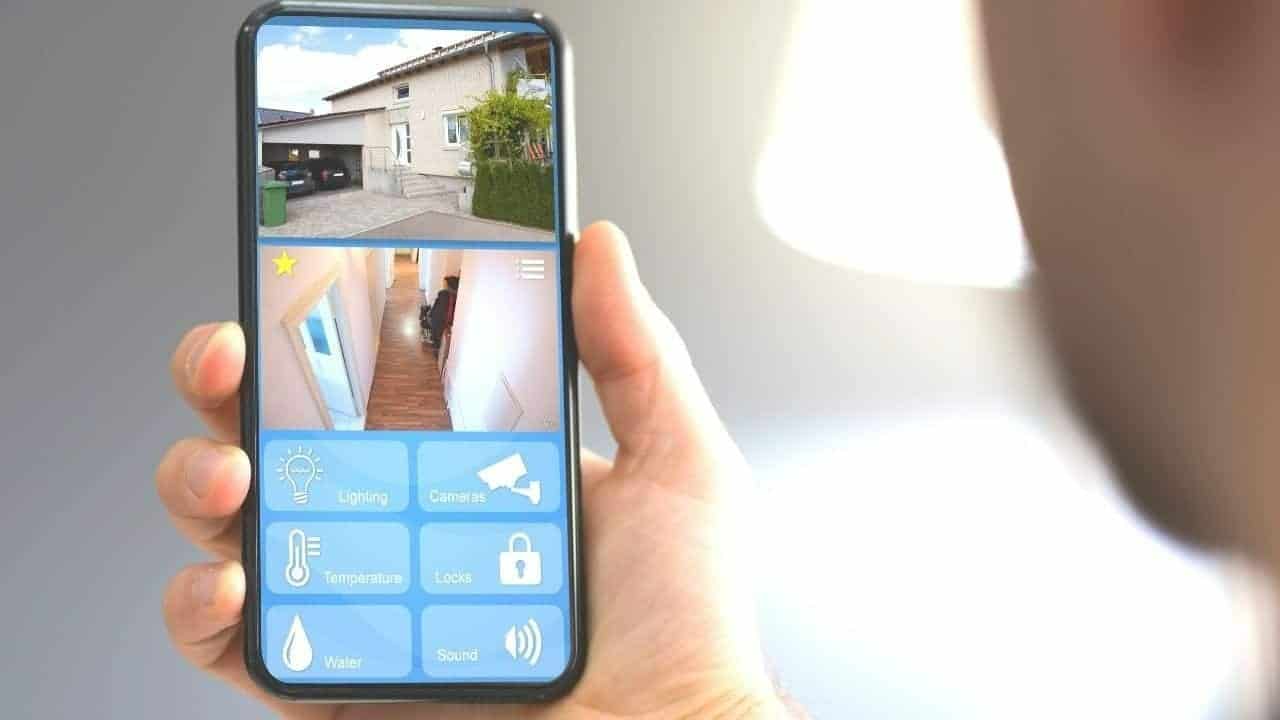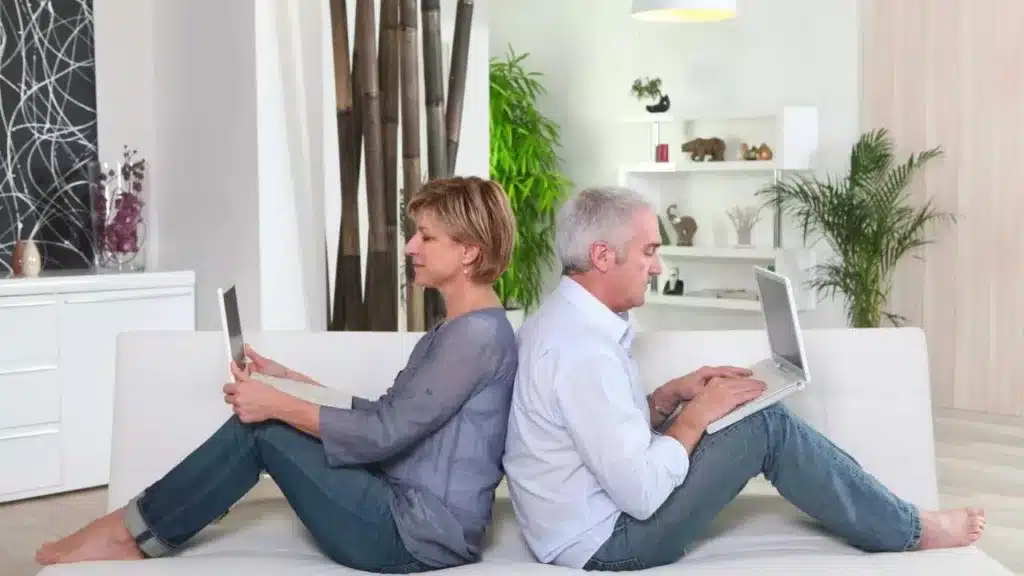Smart Home technology is all the rage lately. Everyone seems to have a digital device, whether it be Siri on an iPhone, a Google Home, an Alexa, Ring security cameras, doorbell cameras, and more. While this smart home technology certainly can make our lives easier, the way these devices can impact court proceedings is widely unknown. In criminal proceedings, subpoenas have been issued to try and obtain the recordings from smart devices to large companies such as Google, or Amazon, but the issues largely are resolved before any of these large companies have to comply. In Illinois, family law and divorce cases use these devices a bit differently.
Obtaining Smart Home Recordings
There are two ways to obtain recordings on Smart devices. The first way is through the use of a Subpoena. Subpoenas are largely unsuccessful unless the litigants have the funds to retain an attorney in the state where the company being subpoenaed is registered in order to pursue a separate cause of action to obtaining the recordings, records, and/or videos sought. The second way to obtain these recordings is to request them in the discovery from the person who has access to them. For Smart Home devices like home security cameras and doorbell cameras, the person who resides in the home or has access to the accounts may be able to produce the videos and/or recordings if they are requested within the time period where the recordings are saved. This is typically the most cost-effective way to obtain these recordings, but the time frame in which the recordings are stored can be quite short, so it is important to copy them or request them as soon as possible after the event in question.
Recordings from Your Own Smart Devices
A person can use their own recording from their own devices in Court so long as they are able to lay a foundation for the evidence. This means that they have to be able to prove that the video is authentic, was not altered or doctored in any way, and that it was not altered in the chain of custody.
In family law cases, this is usually simple to do. Someone produces a video. Let’s say it is a neighbor who produced their doorbell footage of you and your spouse arguing on your front lawn. The neighbor can produce the video via subpoena, or can voluntarily produce it. The neighbor can be subpoenaed to testify that:
- they were watching the event as it was recorded live,
- that their camera recorded the same event that they witnessed,
- how they downloaded the video onto some sort of device, and
- send it to the attorney, etc.
The testimony of the neighbor is usually enough for the video to come into evidence in a family court case and then the court will review the footage, which should corroborate the story told by the parties in the case and the neighbor.
Recordings from Doorbell Cameras
A person can also use their own home footage as well, from security cameras, a Ring doorbell, etc. This is true especially when the spouse has a reasonable expectation that they are being recorded (they know about the doorbell camera, for example, or they can see it because it is out in the open and should have known about it.) This is different than a covertly planted camera the spouse is unaware of. People have a reasonable expectation of privacy in their own homes and recording or surveilling a spouse without their knowledge or consent wouldn’t likely be admissible in proceedings. However, when a spouse knows the recording device is there and consents to it, that footage is typically fair game.
People do really crazy things in front of doorbell cameras. It can capture exchanges of children for parenting time, exchanges of money for support, conversations between estranged spouses or exes, and more. People tend to forget they are there. However, the footage can be helpful in certain situations and could be admitted in a family law case.
















